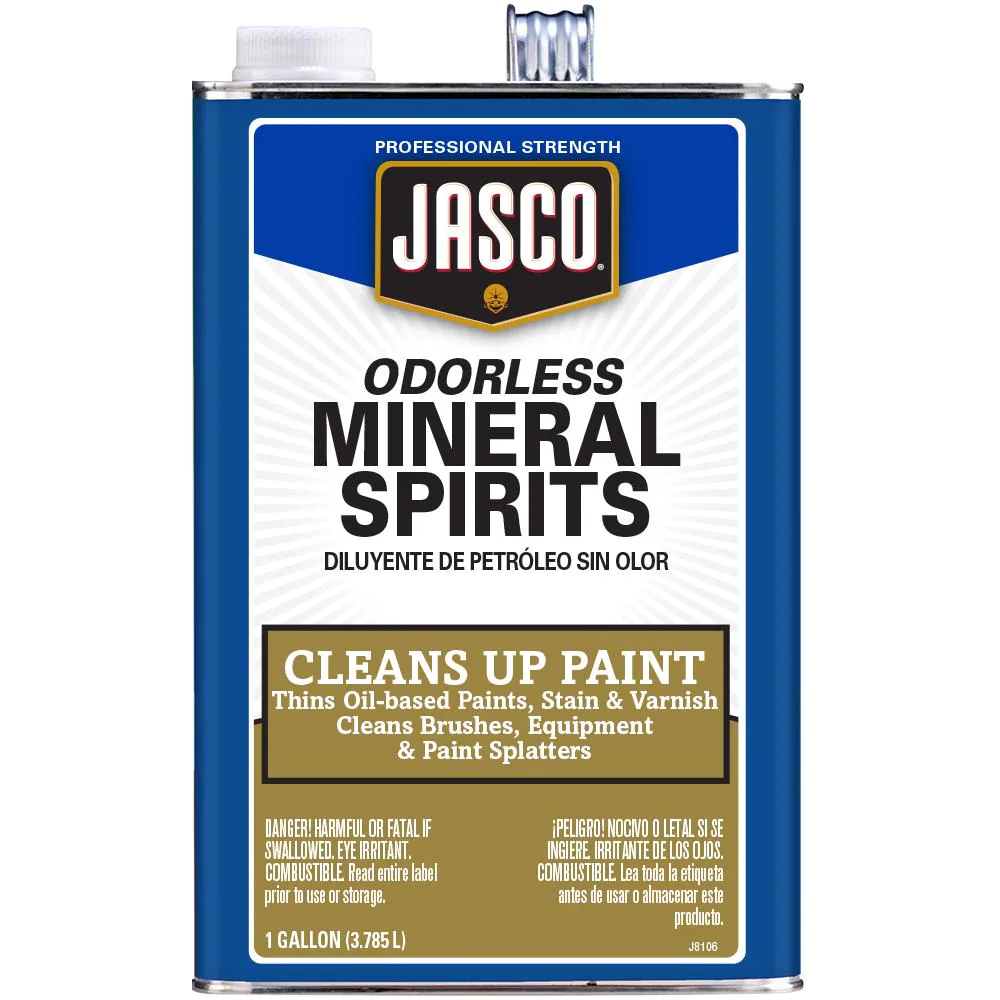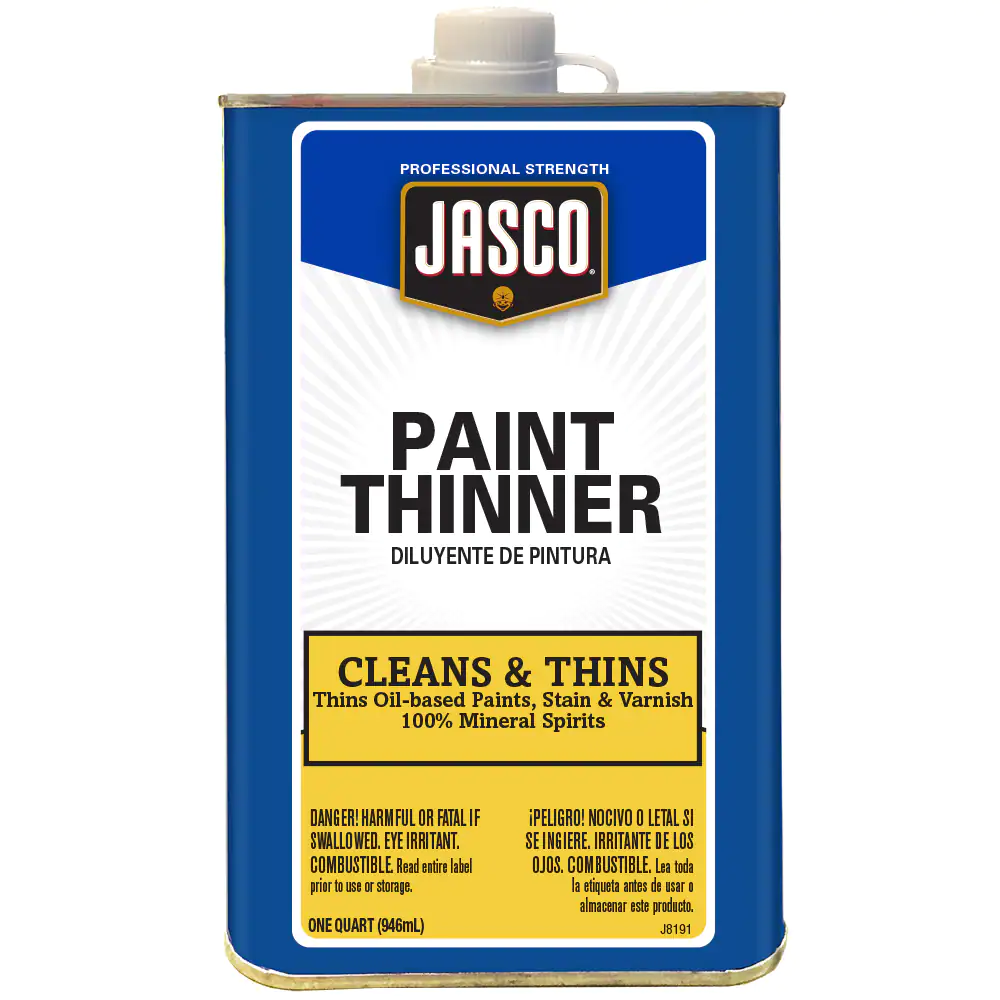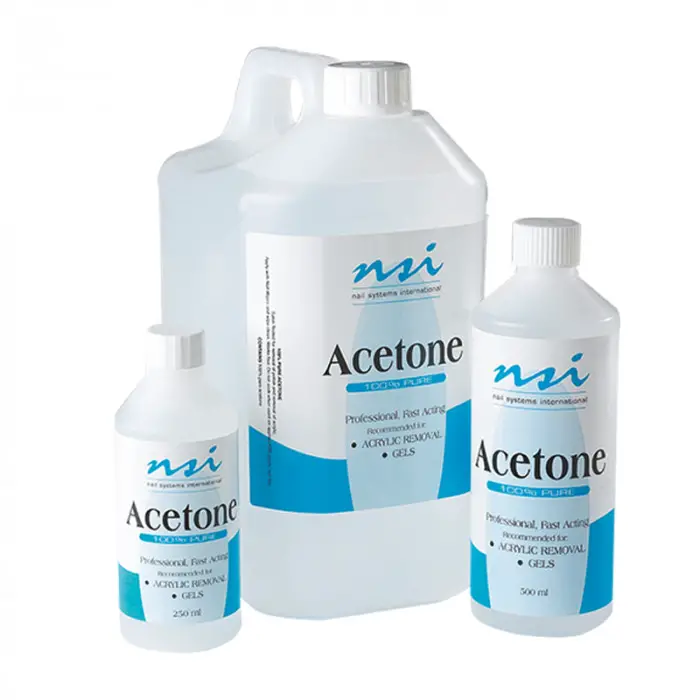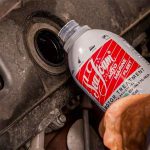When you do some paintwork around the house, you want it to look perfect and beautiful. But without removing the old paint, you cannot achieve that look. And to remove old paint, you need to apply the right substances. The three most popular types of products for removing paint are mineral spirits, paint thinner, and acetone.
“When it comes to mineral spirits vs paint thinner vs acetone, they all perform the same core function of removing paint. However, they differ in their formula. Mineral spirits and paint thinners are petroleum-based compounds, but acetone is an organic compound. Moreover, paint thinners have many other ingredients in their formula, but mineral spirits have only distilled petroleum in it.”
However, to make a choice between these three solvents, you will have to dig deeper into their differences. Therefore, today, we will discuss the primary differences between mineral spirits, paint thinner, and acetone so that you can make a well-informed decision.
What Are Mineral Spirits?
Mineral spirits is also known as white spirit, mineral turpentine, petroleum spirits, and turpentine substitute. Mineral spirits is basically purified, refined, and distilled petroleum. Painters use it to clean brushes and rollers as it is very effective in thinning oil-based paints, stains, and varnishes.

What Is Paint Thinner?
Just like mineral spirits, paint thinner is an extremely useful solvent against oil-based paints. Paint thinner is commonly used as an umbrella term for all the products that can thin paints. It contains a blend of different ingredients, depending on the manufacturer. Many paint thinners contain mineral spirits as well, but when the substance is at its flash point, which is 40 °C or 104°F.

What Is Acetone?
As we have mentioned before, Acetone is an organic compound that works both as a cleaner and a solvent for stripping paint. It is widely used in labs, industries, and even for household applications. This versatile substance is also very affordable, making it popular among the mass.

Mineral Spirits vs Paint Thinner vs Acetone
Mineral spirits, paint thinner, and acetone are different in their formulas, uses, appearances, odor, flammability, and many other factors. Below, we have further explained each of these factors.
Formulas
Mineral spirits contain 100% pure petroleum and no other additives. On the other hand, many paint thinners use petroleum bases as well, but not in their pure form. Rather, most paint thinners include acetone, methanol, benzene, toluene, xylene, naphthalene, and many other ingredients in their formula. Finally, acetone is an organic compound that occurs naturally. It is also known as propanone and is composed of hydrogen, oxygen, and carbon.
Uses
As we have mentioned before, mineral spirits are commonly used for thinning varnishes, oil-based paints, and stains. It is also used for degreasing machinery, regripping golf clubs, cleaning, and, sometimes, as an alternative to kerosene in portable stoves.
Paint thinners are popular as paint solvents. They are used for thinning oil-based paints and cleaning paint rollers and brushes. They are also useful for removing tar, dirt, and grease buildup. Painters also find paint thinners handy when thinning enamels and varnishes.
Acetone is a versatile solvent. It is used for manufacturing plastics, nail polish removers, and many other products. Acetone is also popular as a quick paint thinner as it is great for removing paint drips and cleaning brushes. It does an excellent job at cleaning enamels, oil-based paints, and acrylic paints. Moreover, acetone is widely used in chemical and medical research.
Appearances
Mineral spirits and acetone have no color at all. Both the liquids are colorless and crystal clear. Conversely, paint thinners can be available in a range of colors, depending on their brands. Most paint thinners, however, are opaque white in appearance.
Flammability
Acetone and mineral spirits are highly flammable. That’s why you need to store them far away from potential ignition sources. On the other hand, paint thinners are comparatively less flammable and combustible. However, if you soak a few towels with paint thinner and keep them in an area with no ventilation, they can combust.
Odor
Mineral spirits have no smell at all. Paint thinners have a strong smell that is caused by Volatile Organic Compounds (VOCs) being released into the air. You can get rid of this smell in 36-48 hours by keeping the room well-ventilated. On the other hand, acetone has a fruity or floral smell, which is not pleasing at all. In fact, most people find it irritating and pungent.
Toxicity
If you breathe too much mineral spirit, you can suffer from breathing difficulty and throat pain. It can also cause burning sensations in your lips, tongue, eyes, and ears. If swallowed, mineral spirits cause vomiting and stomach pain. Prolonged exposure can lead to memory loss, dizziness, skin irritation, low blood pressure, and collapse.
Paint thinners show similar toxicity. However, it also increases the possibility of developing pneumonia and kidney inflammation.
In contrast, acetone fume is pretty harmless. But if you breathe a lot of acetone in a short period, you can suffer from acetone poisoning. The symptoms of acetone poisoning include throat and nose irritation, nausea, headache, vomiting, confusion, and even coma. If your skin comes in contact with too much acetone for a long time, it will turn dry and cracked.
Water Solubility
Mineral spirits and paint thinners are insoluble in water, but they can dissolve oil. Therefore, they are the best solvent for nonpolar oil-based paints. When it comes to acetone’s solubility, it is miscible in water, benzene, ethanol, methanol, diethyl ether, and chloroform. Miscible refers to the condition when two liquids can be mixed in any ratio, and they will produce a homogenous solution.
Disposal
Mineral spirits and acetone are classified as hazardous waste, and you need to dispose of them in a hazardous waste facility. It is best to dispose of paint thinners in a hazardous waste facility as well, but you can wrap it in a newspaper before throwing it in the garbage as well.
Price
Paint thinners are the most affordable solvent, starting from $8 per gallon. Mineral spirits are slightly more expensive, costing you $10 to $15 per gallon. Acetone is the most expensive solvent, starting from $40 per gallon.
Mineral Spirits vs Paint Thinner vs Acetone: Which One Is For You?
Before making a choice, let’s take a look at a summary of our discussion in the table below.
| Factors | Mineral Spirits | Paint Thinners | Acetone |
| Formula | 100% pure petroleum | Petroleum, acetone, methanol, benzene, toluene, xylene, naphthalene, etc. | Organic compound composed of hydrogen, oxygen, and carbon |
| Color | Colorless | Commonly opaque white | Colorless |
| Odor | Odorless | Strong smell from VOCs | Unpleasant fruity or floral smell |
| Fammibility | High | High, but less than mineral spirits and acetone | High |
| Solubility | Insoluble in water | Insoluble in water | Miscible in water, benzene, ethanol, methanol, diethyl ether, and chloroform |
| Toxicity | Moderate | High | Low |
| Disposal | In a hazardous waste facility | Wrap in paper before discarding. | In a hazardous waste facility |
| Price | $10 to $15 per gallon | Minimum $8 per gallon | Minimum $40 per gallon |
Final Verdict
As you can see, “You can use either mineral spirits or paint thinners for thinning oil-based paints, whereas paint thinners are the most economical options. However, mineral spirits are also safer to use compared to paint thinners. On the other hand, you can use acetone for thinning both oil-based and acrylic paints. However, acetone is very expensive. Therefore, choose the best one for your project based on your need and affordability.”










Leave a Comment